Proof of Less Work: Driving Sustainability in the Blockchain Era
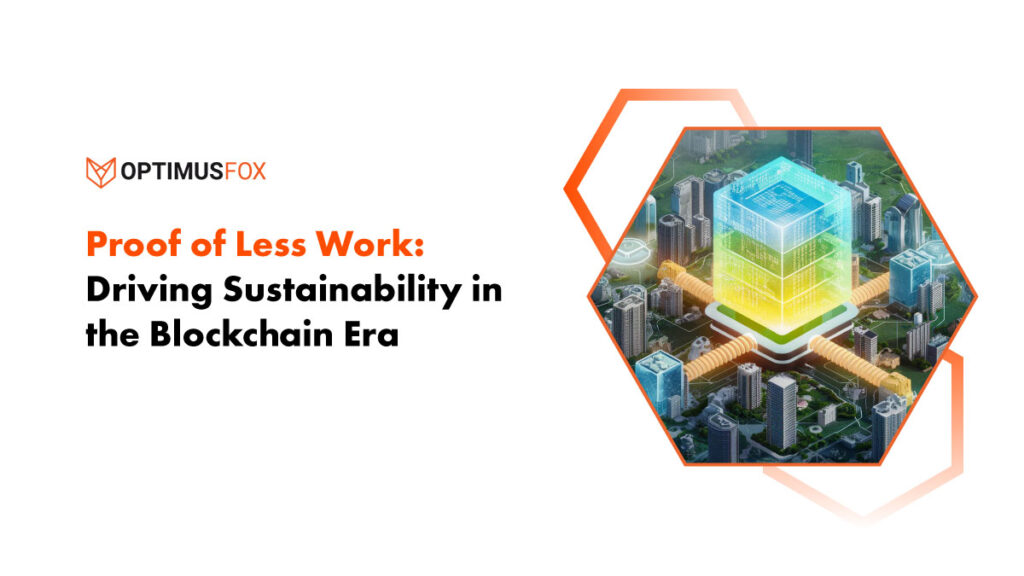
Blockchain technology, celebrated for its decentralized and secure nature, has come under criticism for its environmental impact, particularly through its major use of the Proof of Work (PoW) mechanism. The PoW model, which works under major cryptocurrencies like Bitcoin, is known for its high energy consumption. To cater to these concerns, the concept of Proof […]
Redefining Ethereum Accounts Through ERC 4337
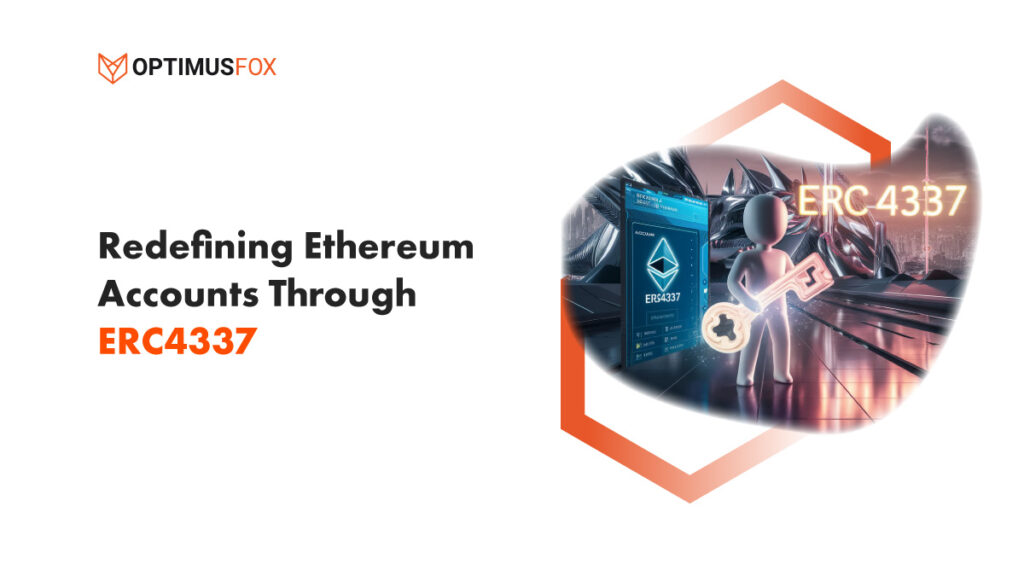
Initially, Ethereum used an account-based model with externally-owned accounts (EOAs) controlled by public and private keys, but users needed EOAs to initiate transactions and pay gas fees which involved multiple steps and confirmations, making the process tedious. Losing private keys also meant losing funds permanently. With the introduction of ERC 4337, the creation of smart […]
Copilots and Generative AI’s Impact on RPA
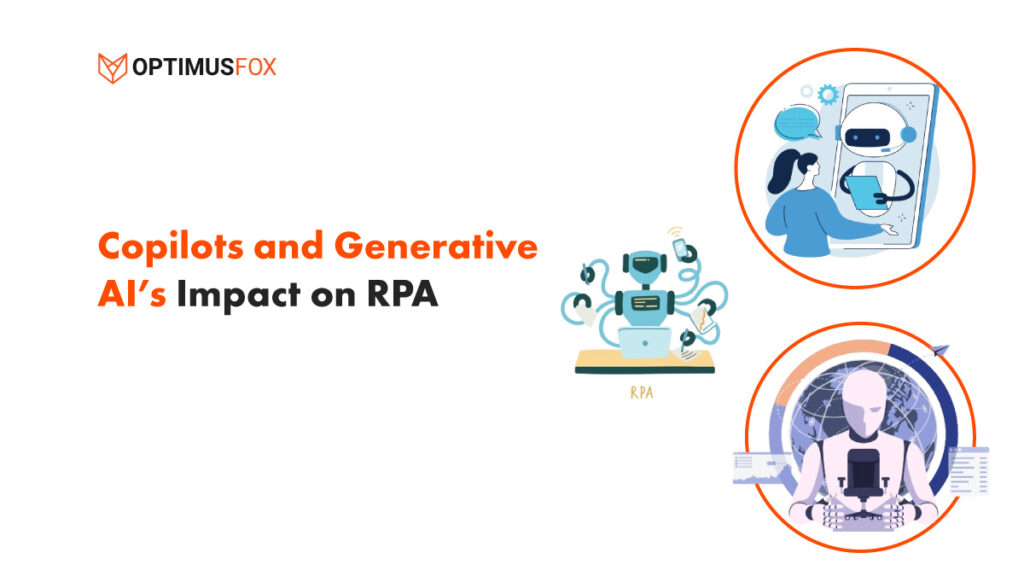
The convergence of Robotic Process Automation (RPA) with Copilots and Generative AI marks a significant transformation in automating business processes. This integration leverages the advanced capabilities of AI models to enhance the functionality, efficiency, and scope of RPA, paving the way for more intelligent, autonomous, and adaptive systems. In the modern business landscape, technology continues […]
CCIP – Unlocking Seamless Blockchain Interoperability
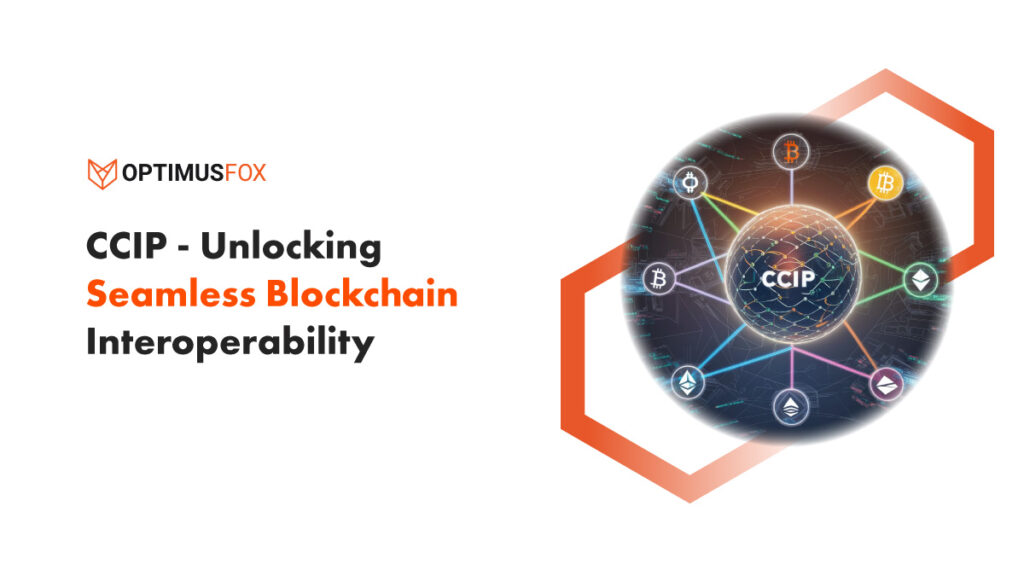
The blockchain ecosystem is rapidly expanding, with numerous independent networks emerging. However, a significant challenge remains: facilitating communication between these disparate blockchains. This is where the Cross-Chain Interoperability Protocol (CCIP) steps in, offering the best solution for easy interaction across all blockchain networks. The main goals of CCIP are to enhance the ability of decentralized […]
Diving Into Multi Party Computations
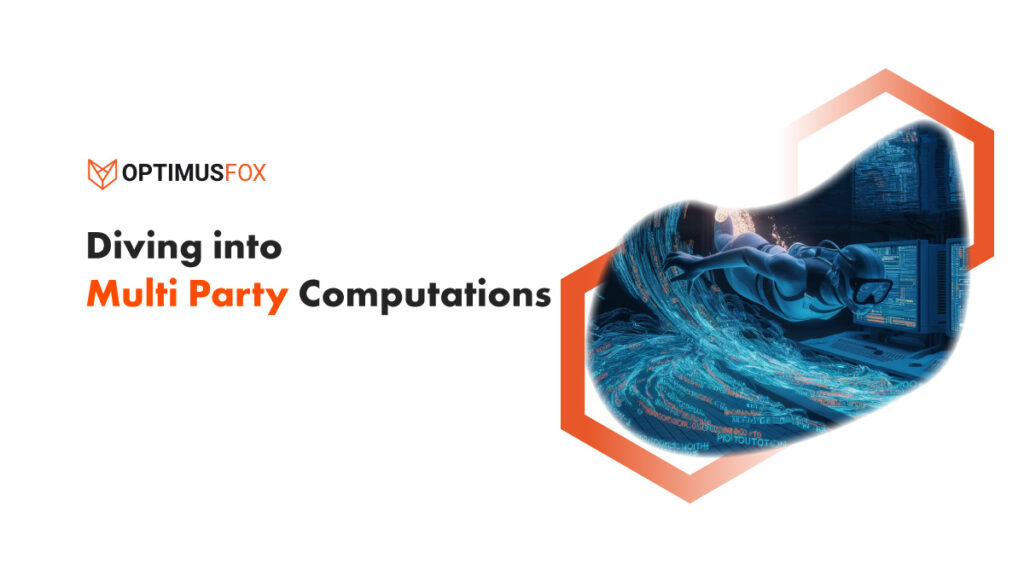
Multi-Party Computation (MPC) is a technology where multiple computers work together to perform a computation, such as creating a digital signature, without any single computer knowing the entire input. This way, sensitive data, like a private key for a cryptocurrency wallet, is divided among several parties, enhancing the security. None of the parties have complete […]
Secrecy Without Sacrifice: Understanding Zero Knowledge Proofs

In today’s digitally interconnected world, privacy stands as an ever-pressing concern. With the growth of technology comes the heightened risk of privacy breaches, necessitating mechanisms to protect, trust, safety, and confidentiality. Among these mechanisms, Zero-Knowledge Proofs (ZKPs) emerge as a groundbreaking technology, offering a paradigm shift in privacy-preserving methodologies. ZKPs empower individuals to validate the […]
How Blockchain Fights Back Against AI Misinformation and Deepfakes
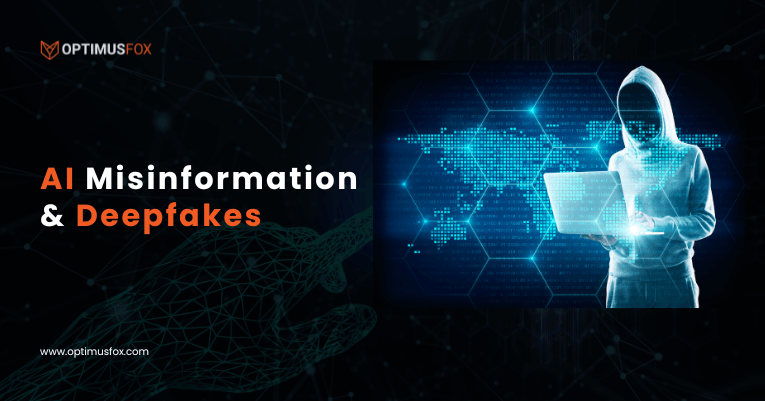
In a world where it’s hard to tell real from fake, the rise of AI-driven misinformation and deepfakes is like a digital maze we’re navigating blindly. But, wait – there’s a ray of hope! The hero in this story is blockchain technology, here to tackle these misleading monsters head-on. In this journey, we’ll explore how […]
Securing IoT with Blockchain and AI: A Comprehensive Guide
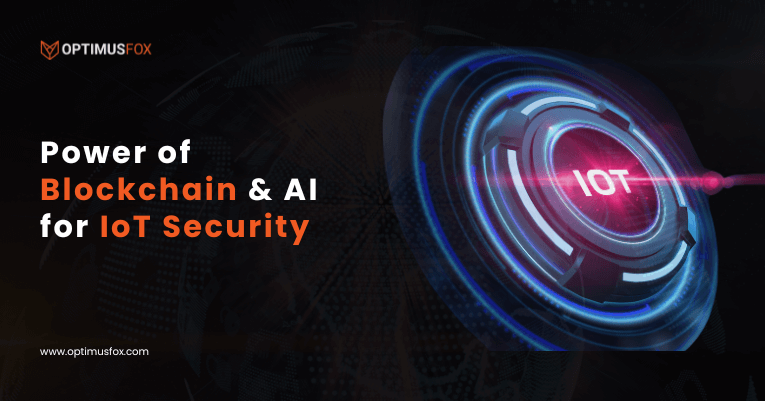
In today’s interconnected world, the Internet of Things (IoT) has revolutionized how devices and systems communicate and collaborate. From smart homes to industrial automation, IoT has ushered in an era of convenience and efficiency. However, this rapid proliferation of interconnected devices has also raised significant security concerns. To address these challenges, the combination of two […]
Hyperledger Healthcare: Transforming the Healthcare Industry

The healthcare industry, a vital pillar of society, is experiencing a revolutionary transformation fueled by cutting-edge technologies. One such groundbreaking force is Hyperledger Healthcare. This innovative framework, built on the principles of blockchain technology, is poised to revolutionize healthcare operations, data security, patient care, and much more. In this blog post, we’ll delve into the […]
Unraveling the Role of Smart Contracts in Blockchain White Papers

In the ever-evolving landscape of blockchain technology, smart contracts have emerged as a disruptive force, revolutionizing the way agreements are made and executed. This blog post delves deep into the transformative role of smart contracts in the realm of blockchain white papers. As we embark on this journey, we will unravel the intricacies of smart […]
